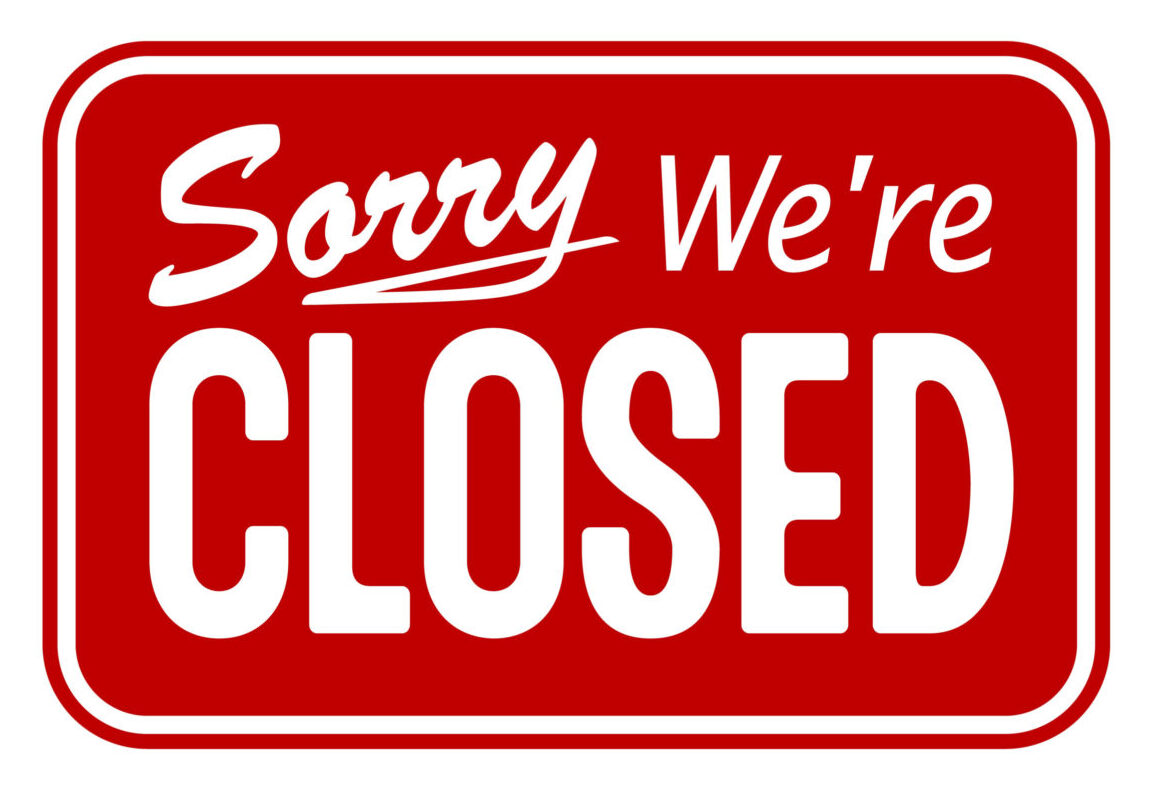We are on a mission to help you use marketing ideas as the currency that creates results for your clients and earns you a premium for the marketing communication tools that you incorporate into your ideas.
Today, we are going to get more specific about what a marketing idea is.
The challenge is in the word “idea” itself. Unfortunately, it is too vague. A check of the dictionary tells you why. Ideas are defined as thoughts, concepts and images. Those definitions are fine for our daily lives, but not for the business of marketing. Marketing ideas must work harder.
So, we need a better term.
At its core, a marketing idea must persuade. That’s why we much prefer to think about marketing ideas as “persuasive campaigns.”
Having spent a lot of time analyzing a variety of persuasive campaigns, we have concluded that they contain three key ingredients:
- Persuasive campaigns have a name or a handle. For instance, The Most Interesting Man in the World is a great example of a name that – for almost ten years! – provided cohesiveness.
- They are delivered with marketing communication tools. From TV spots to Facebook pages to outdoor events, every persuasive campaign uses tools to communicate with the client’s target consumer. The Most Interesting Man campaign used television and radio commercials to cast a wide net. To create a conversation with the target consumers, they integrated more intimate social media tools like Facebook where they ran a promotion to get fans to submit lines that could be used in the commercials.
- Finally, there’s a message. The creative copy makes the campaign persuasive by convincing the target consumer to do something or believe something about the client’s product or service. When it comes to the Most Interesting Man campaign, the creative consisted of a steady stream of outrageous situations and one-liners that reinforced the Man’s awesomeness, always brought to a close with “I don’t always drink beer, but when I do, I prefer Dos Equis. Stay thirsty, my friends.”
So, a persuasive campaign is composed of a convincing message, delivered by the appropriate tools, under a title that gives the campaign cohesiveness.
Let me challenge you to take this opportunity to look at your own work and make sure that your campaigns contain all three of these ingredients.
Your ability to generate and develop persuasive campaigns could become your most valuable competitive advantage.




